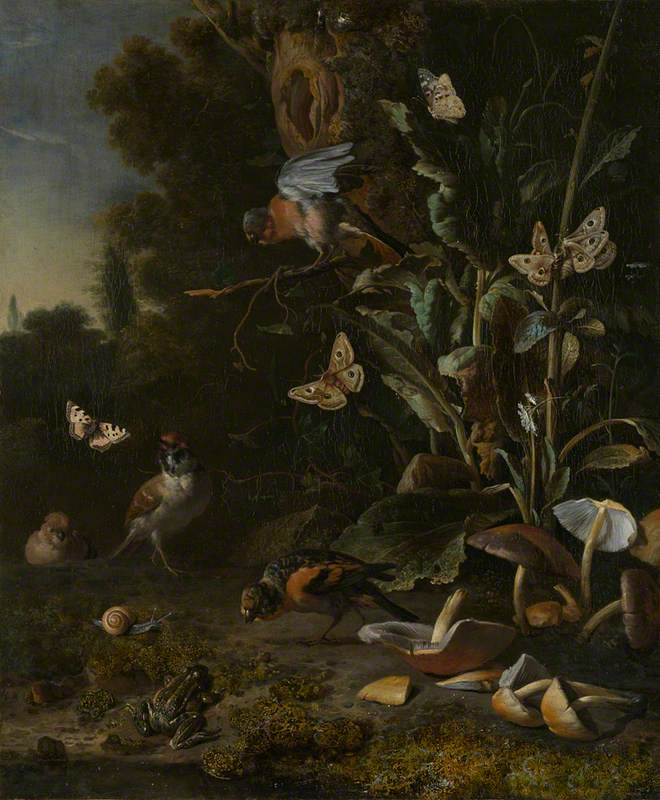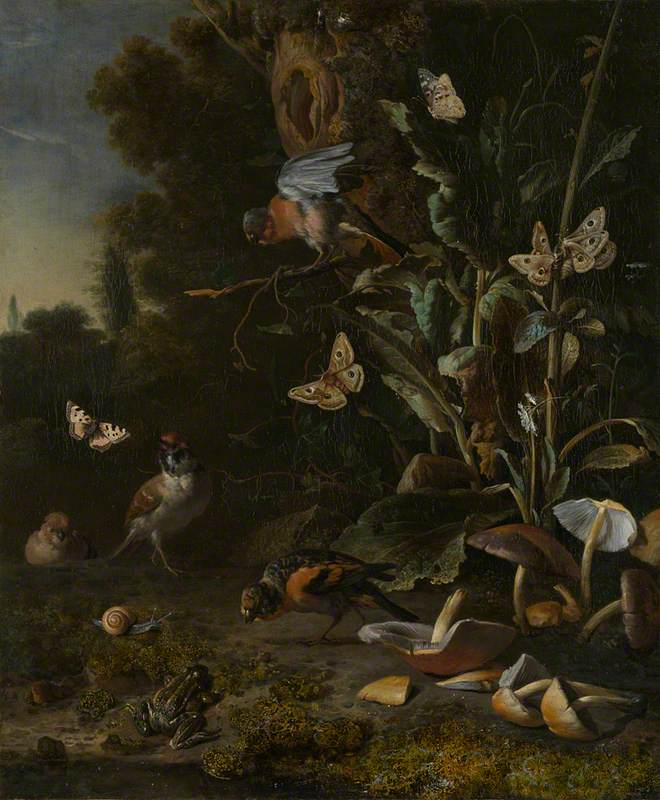“If it’s your job to eat a frog, it’s best to do it first thing in the morning. And If it’s your job to eat two frogs, it’s best to eat the biggest one first,” Mark Twain said. But saying it is easier than doing it. (And that’s not just the case for students! We even have words like procrastigrade to describe our strategies.) We probably don’t need to delve too deep into psychology to figure out why students don’t like to do difficult or unpleasant work. Instead, let’s look at ways you can help them achieve their best even when the tasks aren’t fun.
- Remember that easy doesn’t necessarily equal fun. If students don’t see value in an assignment, they will resent doing it and put it off and maybe not even complete it, regardless of how easy it is. Make sure your assignments contribute to your goals for your students–and if it’s not clear how they contribute, tell you students. You may even wish to make a “purpose of this assignment” statement part of each assignment description.
- Break large tasks into smaller ones. This lowers pressure, which lowers cheating. It allows you to catch students who are off track before they are totally lost. And it prevents procrastination–at least a little bit.
- Reward students for hard work. Include at least some assignments that are scored based on effort, not correctness. This can include discussion boards (where questions shouldn’t invite a single right answer but instead open up a conversation), reading journals, free response writing, note-taking, or the creation of study tools.
- Schedule at least some of your study groups or sessions in the morning. Remind students that if they have to do the work, they shouldn’t give it their whole day–a morning and afternoon of dread, then a last-minute actual effort.
- Invite students to find an accountability partner in the class and teach them how to check on each other.
- Set mid-goal targets for difficult tasks, and use a common document (like a Google Sheet) to track success. For example, students can self-report their progress on writing a paper to an online checklist.
- Ask students to identify their motivation for doing well on a project or in your class more generally.
- Brainstorm a class list of suggested rewards students can use to bribe themselves. Create a wordcloud with it and share it with students.
- Send students motivational emails. Don’t be afraid to get cheesy if that’s authentic to your style.
- Praise students when you see them working hard–but make sure you can actually see the work. If you praise a great end product by saying that they worked hard on it but didn’t actually witness that work, you might be inadvertently telling talented students that they can produce good work without much effort at all.
- Give students multiple chances to practice hard things. Consider using online exercise sets from your textbook publisher to help them practice, but remember that the answers are almost always found online very easily. Grade on completion, not accuracy, so that students feel less pressure to cheat.
- Teach students the pomodoro technique.
- Work alongside students as they do this hard thing. Schedule a Zoom work session--no talking needed, just work. Tell them exactly when it will start and end, and then celebrate the end of the session with cheers, a joke, or an onscreen appearance by your cute pet.
- Encourage students to use a distraction-busting app.
- Encourage students to group up in Forest. The app lets you grow a digital tree–but if you stop working, it dies. Over time, you can grow a whole digital forest. You can work in groups, and if your group grows enough trees, the company plants a real tree–almost a million so far. Students can set a time for their group to meet and work independently on a project they each have to do–format that bibliography, write that first draft, study for that exam.
- Praise students for their good results. After an exam, write to your top scoring students and tell them they did wonderful. Note who significantly improved their performance, even if they didn’t earn the top score. And mention good work in front of their peers. Don’t have to talk about grade details, but you can say things like, “Danielle made this excellent point in her most recent paper. Can you tell us more about it?” or “Several of you shared this insight about the text that I hadn’t seen before in your journals.” Let success be a motivator in meeting challenges.

Like what you read here? Support it!

Leave a Reply